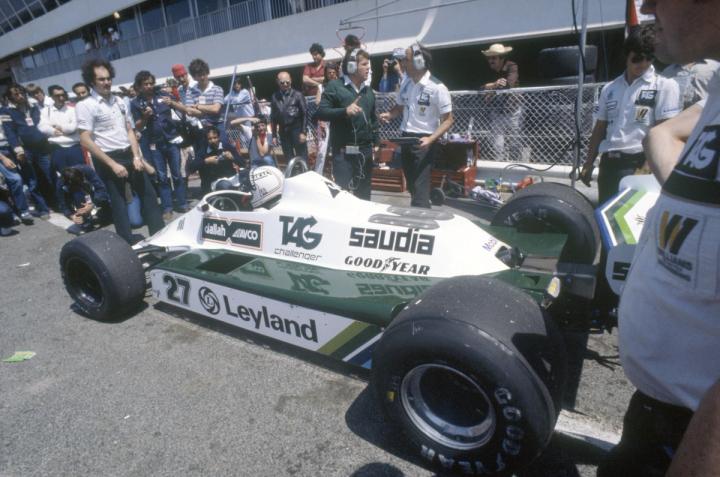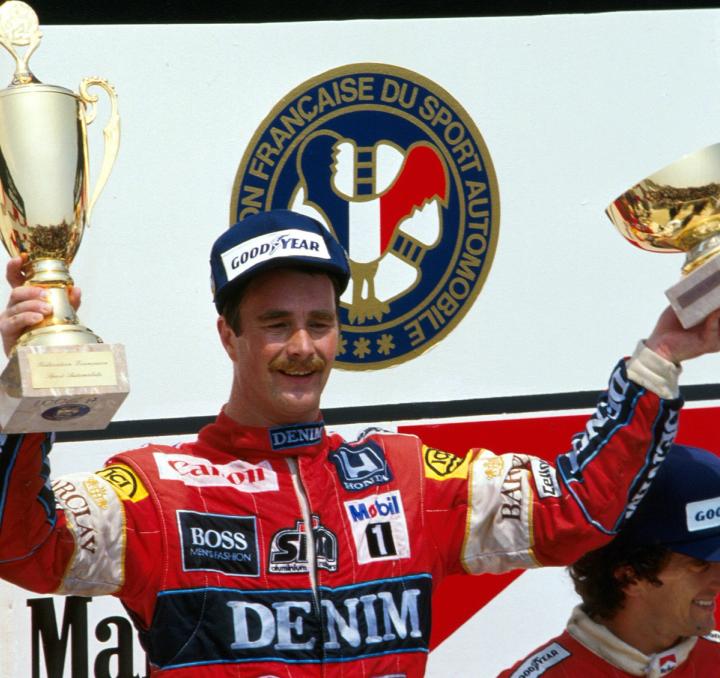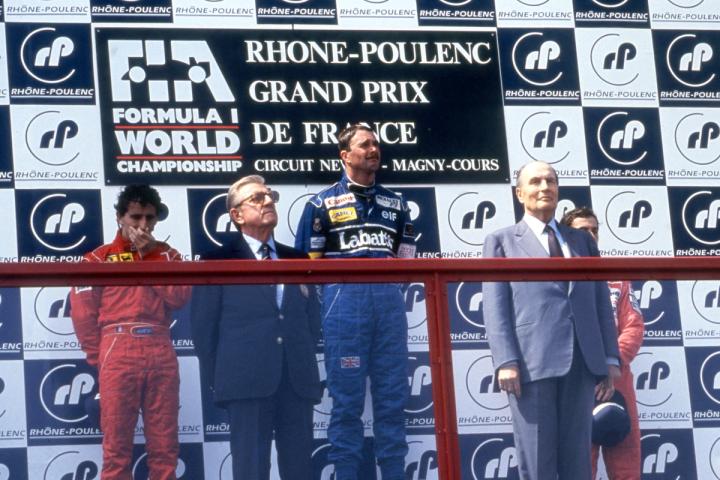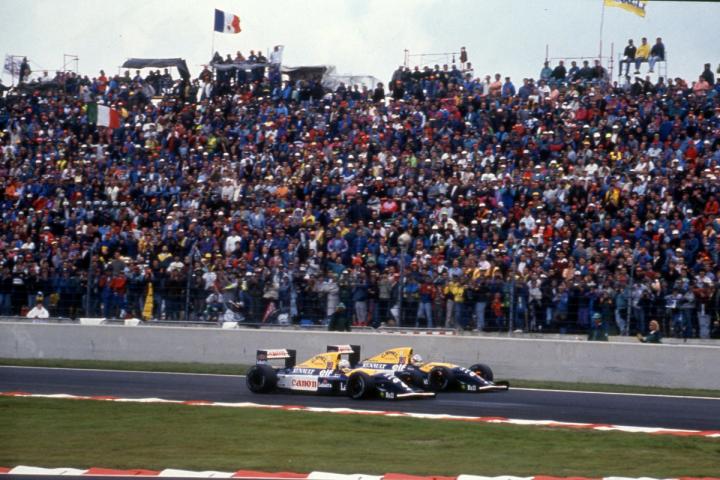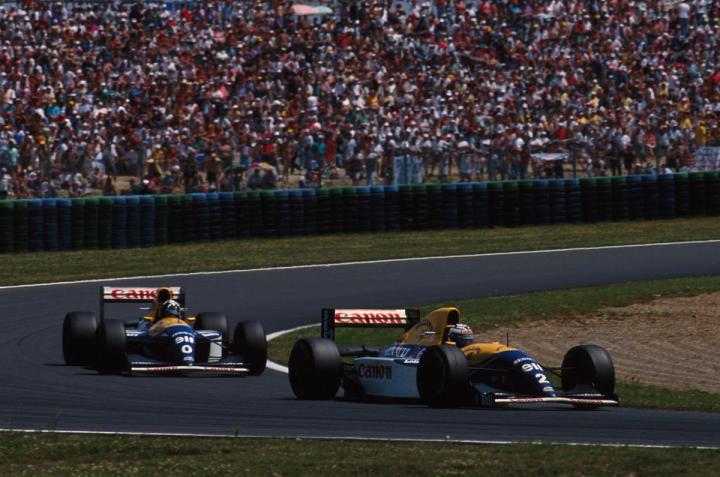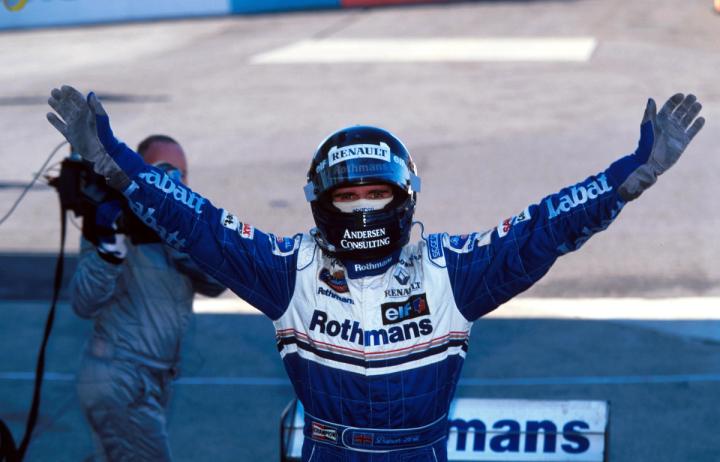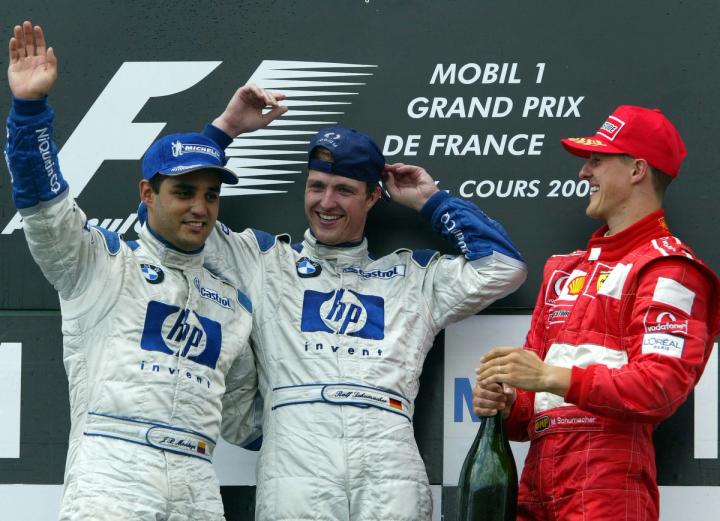Formula One has its course set for Southern France, where Williams Racing will contest the 2022 French Grand Prix at the instantly recognisable Circuit Paul Ricard in Le Castellet.
Although Formula One and France are so strongly linked – 'Grand Prix' is French, after all – no single circuit has a particularly storied history of hosting the event.
The Formula One World Championship has visited seven tracks for the French Grand Prix since 1950, making it hard to keep up, so here's your detailed guide to Formula One's history in France.
Pre-Formula One
Pitting the world's fastest cars against each other predates Formula One, with France seeing many races from more or less the invention of the automobile. The first 1906 Grand Prix de l'Automobile Club de France held an event near Le Mans, which is commonly agreed to be the first actual Grand Prix.
Fittingly, a French manufacturer, Renault, won the first "Grand Prize" of 45,000 Francs, with the Hungarian driver Ferenc Szisz completing 12 laps of the 103km course quickest in a little over 12 hours.
Buoyed by its success, the French Grand Prix continued, moving around the country to race on temporary road circuits close to cities, including Lyon, Strasbourg, and Dieppe.
Some purpose-built circuits and further road courses hosted the Grand Prix following World War I, and the event also joined the World Manufacturers' Championship and the European Championship, precursors for F1, for some years.
Formula One arrives at Reims and Rouen
By 1950, what we now know as the Formula One World Championship began, and the French Grand Prix joined for the inaugural season.
Reims-Gueux took the honour of being F1’s first French GP and was the penultimate round of the championship. Juan Manuel Fangio won in his Alfa Romeo to jump to P1 in the championship order before his DNF at Monza lost him the title in the finale.
Fangio drove to victory three other times at the circuit, taking pole position each time – and netting 50 bottles of the local champagne on each occasion! The track offered this sought after - and no doubt sorely missed - reward to the fastest qualifiers thanks to the circuit being in France's Champagne region.
Fangio also won at Rouen, the second venue to host the French Grand Prix, but the track didn't see many races in its time on the calendar.
After debuting in 1952, the fast, undulating circuit and increasing speeds of F1 didn't mix well. So, for the driver's safety, after five visits, the last Formula One race took place in 1968.
A brief hiatus halted the French Grand Prix, as well as the Spanish, German and Swiss events in 1955 in the aftermath of the Le Mans disaster. The 24-hour race stopped motor racing through the 1955 summer after a crash at the race sadly killed driver Pierre Levegh and 83 spectators when debris flew into the crowd.
WATCH: A beginner's guide to the French Grand Prix
The many circuits of the ‘60s and ‘70s
While Monza became the home of the Italian Grand Prix and Spa-Francorchamps for the Belgian Grand Prix, the French Grand Prix changed location almost every year from the early ‘60s until the mid-80s.
Reims-Gueux and Rouen soon had Clermont-Ferrand, Paul Ricard, Dijon-Prenois and even Le Mans muscling in.
The Circuit de Charade at Clermont-Ferrand was the first to join in 1965 and was as popular with the drivers as it was dangerous.
The circuit sat between two extinct volcanos and hugged the mountainside where stones and rocks would fall onto the track – one of which hit Dr Helmut Marko in 1972, causing him to lose his eye in the track's final appearance.
The iconic Le Mans held just one race in 1967, not impressing the drivers or the few spectators who turned up.
Just three weeks after the well-attended 24 Hour race, just 20,000 fans watched the F1 race at a much shorter version of the Circuit de la Sarthe. The race was a flop, and Formula One never returned.
By the 1970s, Paul Ricard and Dijon-Prenois had become the primary French Grand Prix venues. Although the core fabric of the Paul Ricard as we know it today mostly existed back then, the Mistral Straight didn't have a chicane breaking it up, so the drivers would easily exceed 200mph before navigating the final sector.
Dijon-Prenois hosted just five French Grands Prix (and one Swiss Grand Prix), but this French circuit has a fond place in the hearts of F1 fans.
The 3.8km track is the venue of the famous Gilles Villeneuve vs René Arnoux fight of 1979, where the two battled for second place, banging wheels and swapping positions non-stop in the race's closing laps.
Paul Ricard Part 1
By the 1980s, the constantly changing circuits of the French Grand Prix began slowing down, and Paul Ricard hosted all but two events between 1980 and 1990.
Williams Racing's Alan Jones broke the locals' hearts in 1980 when he overcame a French 1-2-3 in Qualifying to surge to victory.
The race became the turning point that season, and Williams and Alan kicked on from there on the way to taking our first Drivers' and Constructors' World Championships.
Alan took home the 1980 French GP in our FW07B
Alan's Paul Ricard win would be the first of three for Williams at the Le Castellet track. However, it was the only win at the full-length circuit as the dangers of high-speed circuits came to the fore in 1985.
Keke Rosberg took pole position for Williams in that race in the FW10, but his teammate Nigel Mansell suffered a 200mph crash at the end of the Mistral Straight following a puncture. Nigel went into the catch fencing, where a pole hit his head, giving him a concussion which meant he would not start the race.
Remarkably, Mansell would return to the site of that crash to claim victory for two consecutive years, but Paul Ricard had changed.
Nigel coasted to victory in his FW11 at the 1986 French GP, finishing 17 seconds ahead of his nearest rival
Ayrton Senna had also crashed at the same location in the 1985 race. Elio de Angelis suffered a dramatic incident in a 1986 test session, causing his car to cartwheel over the barriers and catch fire, leading to smoke inhalation that sadly cost his life.
With driver safety in mind, the 1986 French Grand Prix used a significantly shortened circuit to reduce speeds, cutting out the opening corners and trimming down the Mistral Straight by 800m to 1 km. Nigel Mansell won at this new 'Club' layout, helping us to take the Constructors' Championship.
He also led a Williams 1-2 in 1987 ahead of eventual champion Nelson Piquet as the pair cruised to a comfortable win in their FW11Bs.
Nigel and Nelson brought home a memorable 1-2 in a dominant Williams display in 1987
Nigel celebrates on the podium at the ‘87 French GP
Magny-Cours: A long-time home
In 1991, Formula One waved goodbye to Paul Ricard and hello to a new location in central France at Circuit de Nevers Magny-Cours. It was a newcomer to F1 and brought about some criticism from the paddock for its remote location and fans who found its races largely processional.
Nonetheless, Magny-Cours would do what no other French circuit had done – stage the French Grand Prix for 18 consecutive years.
Our Nige was the first to taste success at the new track with his 1991 victory. The triumph kicked off three wins on the spin after a disappointing start to his season.
Nige’s pride is clear to see as he claimed his third French GP victory in 1991
Williams' Red 5 would do it all over again in 1992 on his way to the World Championship in a spectacular display where Nigel lapped every driver that didn't reach the podium.
No driver could get close to Red 5 at Magny-Cours in ‘92
Nigel and teammate Riccardo Patrese bring home a 1-2 for the team
British fans may fondly remember Nigel's home race heroics at Silverstone and Brands Hatch, but their French counterparts will recall Alain Prost's displays at the French Grands Prix through the years.
Alain had clocked up five victories at Dijon and Paul Ricard, and he wasn't going to stop for Magny-Cours.
Powered by the Williams FW15C, Alain took his sixth and final French Grand Prix win in 1993 in yet another Williams 1-2 in his comeback season en route to his fourth World Championship.
Alain’s French GP success in 1993 marked his 100th podium in Formula One, becoming the first-ever driver to achieve such a feat
With Alain's retirement, a space had opened up to be the French GP master, and a certain Michael Schumacher soon filled that gap. The German would win eight of the 18 races at Magny Cours, taking to the podium in all but two of the Grands Prix he started in France.
We at Williams managed to pierce that dominance twice, though. First, when Damon Hill took the win in 1996 ahead of teammate Jacques Villeneuve.
1996 would go on to be a memorable year for Damon, who claimed his first and only F1 Drivers’ Championship
And second, in 2003, when Ralf Schumacher and Juan Pablo Montoya converted a Williams 1-2 in Qualifying into a 1-2 race finish (yes, another).
Ralf's win would be the final of his career, and he was able to celebrate the occasion on the podium with Juan Pablo and, you guessed it, his brother Michael.
Podium moments don’t get much more special than this - celebrating with a brother and a teammate
Paul Ricard Part 2
In 2009, financial difficulties meant Magny-Cours left the calendar, and France was without an F1 race for the first time since 1955.
Then, finally, after a ten-year absence, Formula One returned to France and at the Circuit Paul Ricard, which had undergone a striking paint job since F1's last trip.
Unlike its last event in 1990, Paul Ricard's return saw F1 back to racing on the full-length format, thanks to several layout improvements to help with safety. The Mistral Straight now had a chicane halfway through to reduce speeds, and the first sector featured heavier braking zones.
However, the most visible changes trackside were the blue and red painted lines surrounding Paul Ricard's 167 possible configurations. The circuit uses this ultra-abrasive paint to negate the need for gravel, helping it secure its place as one of the most popular testing tracks since F1 last visited.
Nicholas Latifi is surrounded by the eye-catching blue and red stripes at the 2021 French Grand Prix
After a one-year break because of Covid, Paul Ricard returned with a bang for a thrilling 2021 race. However, the circuit's contract to host the French Grand Prix expires after the 2022 event.
As you can probably tell following such a varied past, there's no telling where in France Formula One's future lies, but the French F1 story is far from over.
Make it yours
Customise your very-own Driver Card! Pick your own helmet and number to display your Williams Racing fandom to the world!
Related Tags:
Powered By
© the Williams Group, under licence to Williams IP Holdings LLC
Powered By
Williams Grand Prix Engineering Services LLP, a limited liability partnership registered in England and Wales with company registration number OC456938 and whose registered address is at Station Road, Grove, Wantage, Oxfordshire, OX12 0DQ.

